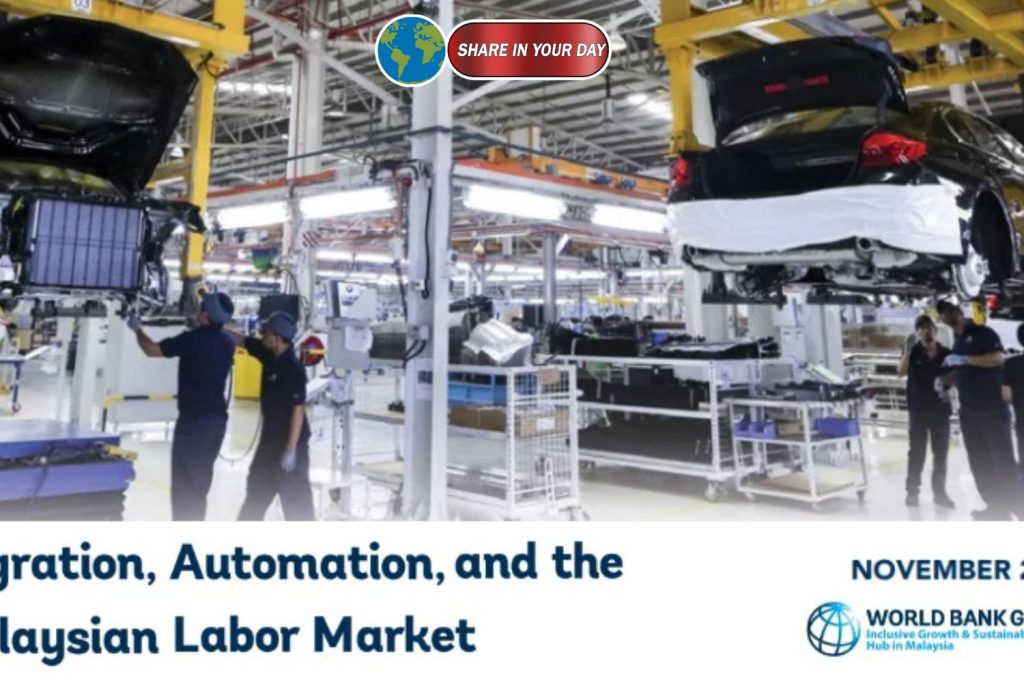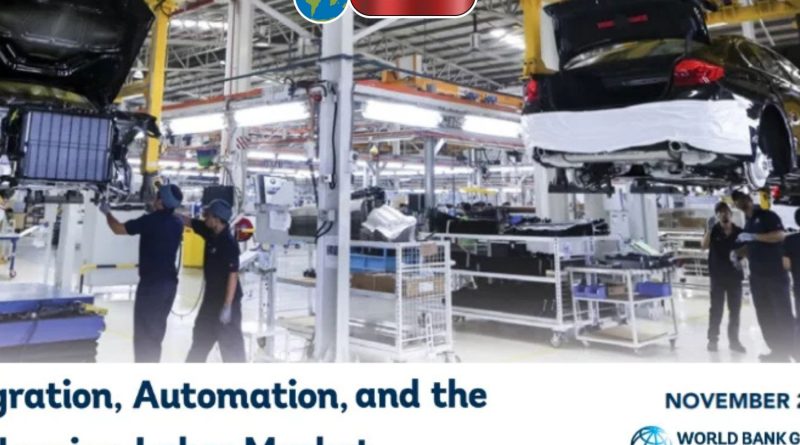Migration, Automation, and the Malaysian Labor Market: Navigating Future Challenges
Malaysia’s labor market is at a crossroads, influenced by two significant forces: the employment of migrant workers and the rise of automation technologies. A recent World Bank report delves into these dynamics, offering insights into their implications and suggesting pathways for policy adaptation.

The Role of Migrant Workers
Migrant workers have long been integral to Malaysia’s economy, particularly in sectors like agriculture, manufacturing, and construction. They fill essential low-skilled positions, contributing to economic growth and productivity. However, there’s a prevailing perception that their presence might suppress wages for local workers and hinder productivity advancements.
Automation: A Double-Edged Sword
Automation is increasingly seen as a solution to reduce reliance on low-skilled foreign labor. While it holds potential for enhancing productivity, the report notes that migrant workers often occupy roles with routine tasks, making them more susceptible to automation. Yet, the broader Malaysian workforce means that automation’s impact will be more pronounced on local workers.
Policy Recommendations
To navigate these challenges, the World Bank suggests:
- Investing in Automation: Addressing barriers unrelated to migrant labor, such as the high costs associated with adopting new technologies.
- Reforming Foreign Worker Management: Developing a demand-driven system that aligns migrant labor with economic needs, benefiting both sending and receiving countries.
- Enhancing Active Labor Market Policies (ALMPs): Implementing lifelong learning systems and strengthening social insurance to support workers in a changing employment landscape.
Conclusion
The future of Malaysia’s labor market likely involves a coexistence of migration and automation. By proactively addressing the challenges and opportunities presented by these forces, Malaysia can foster a resilient and adaptive workforce, ensuring sustained economic growth and social stability.




